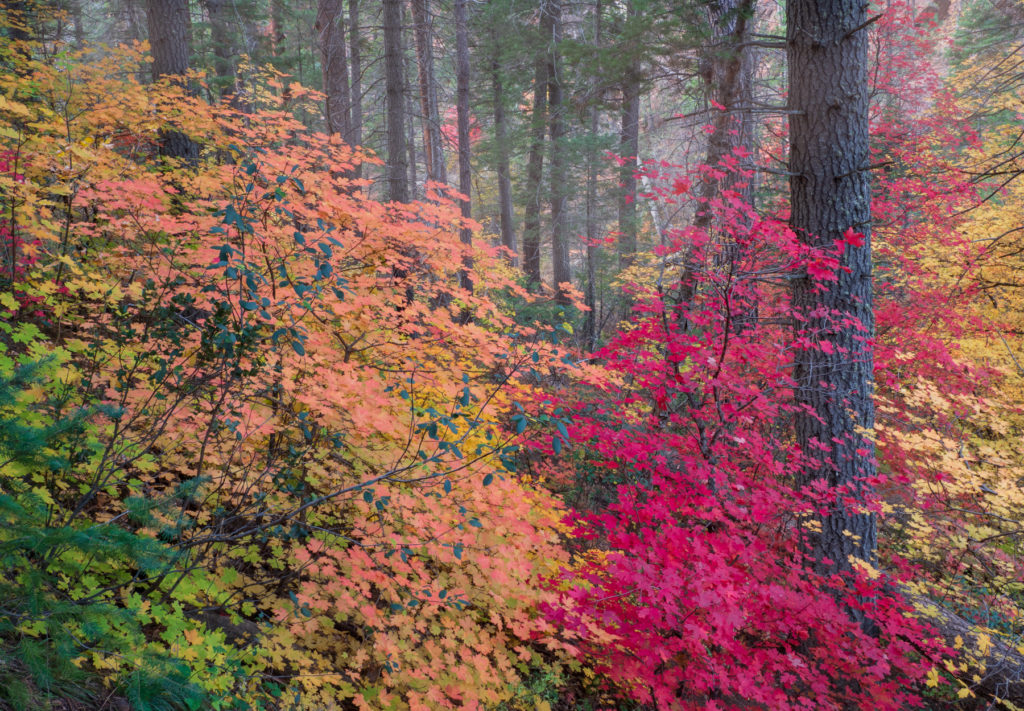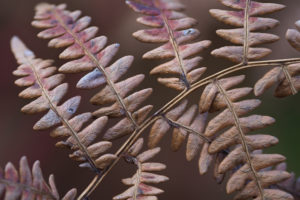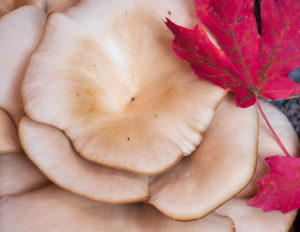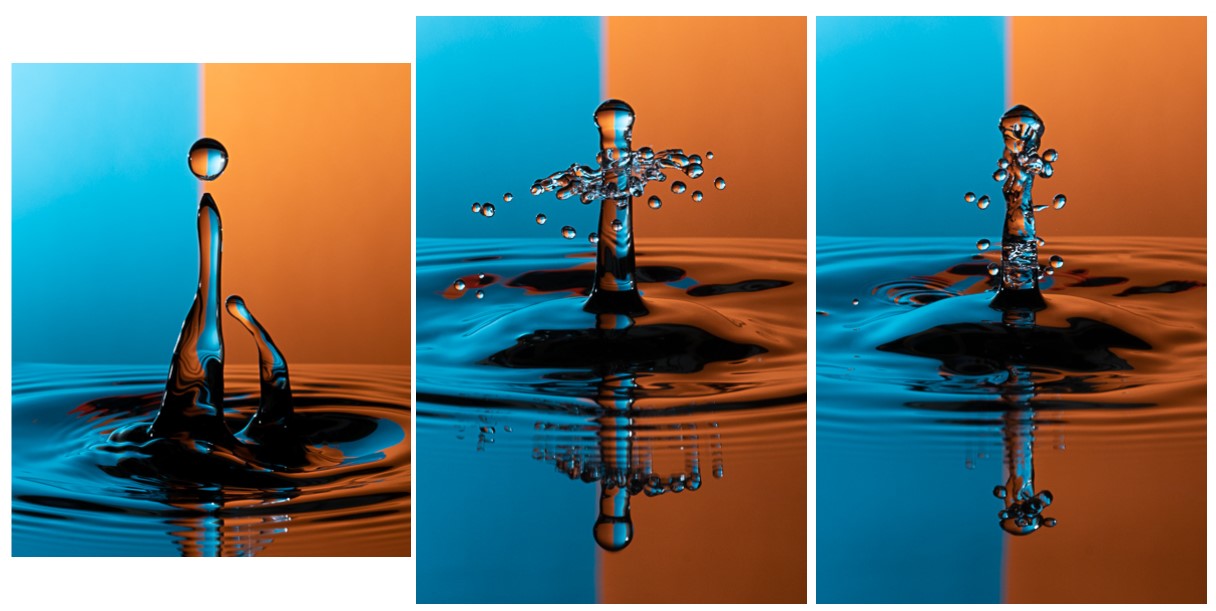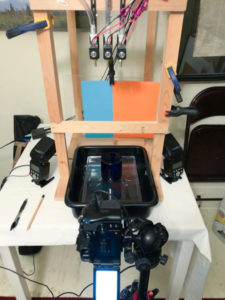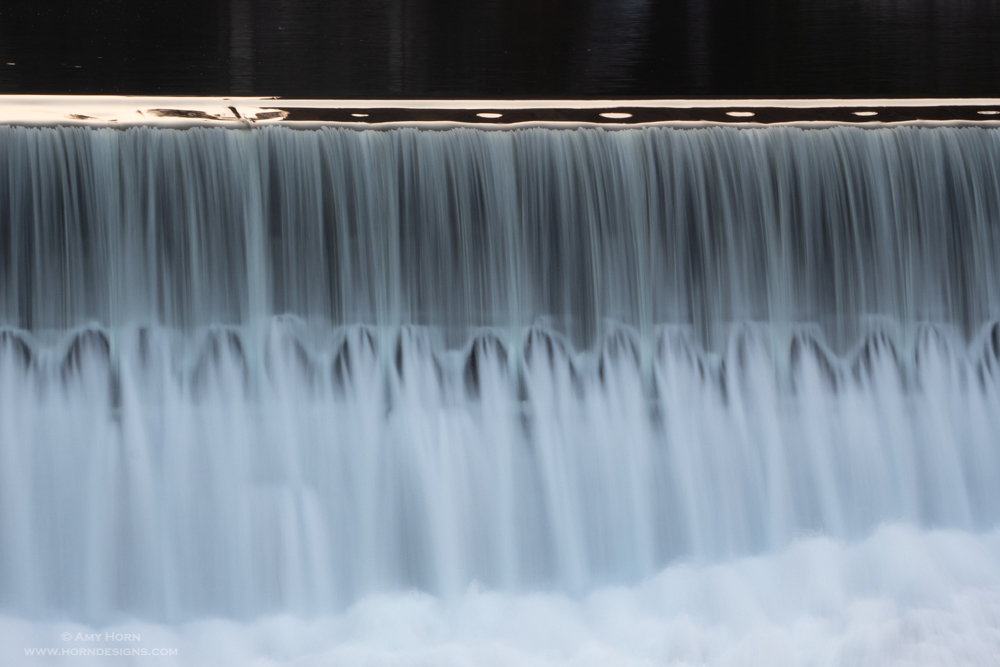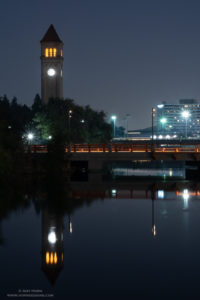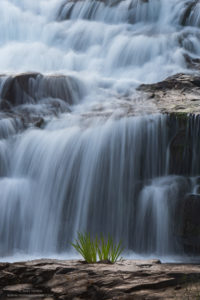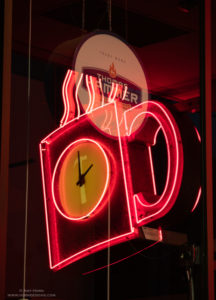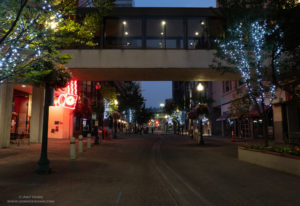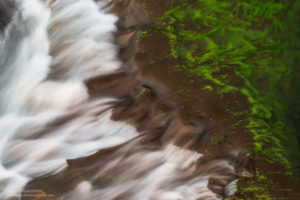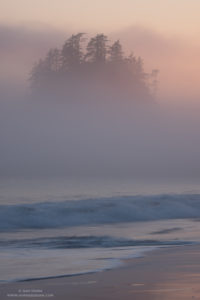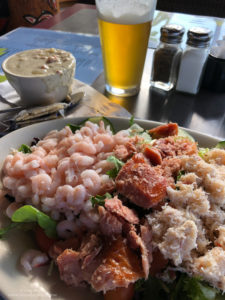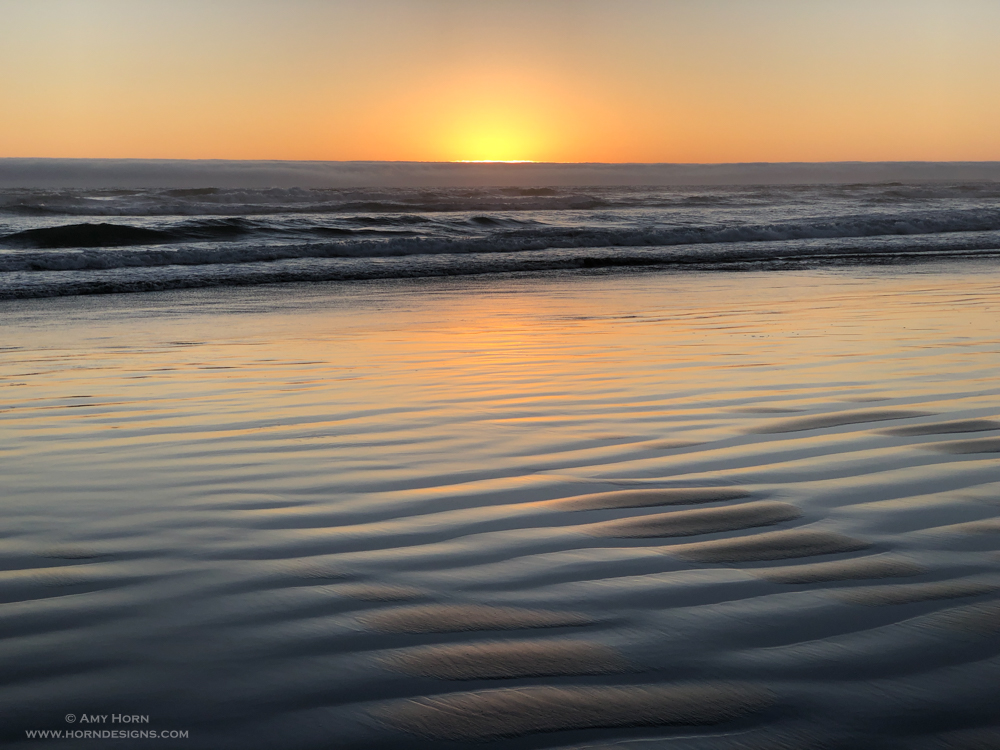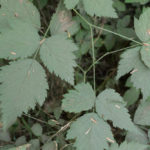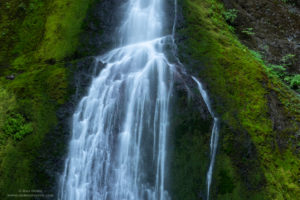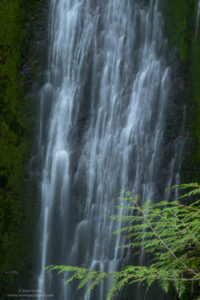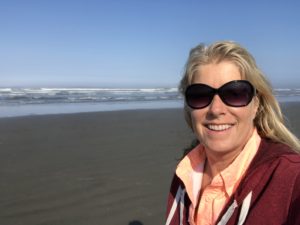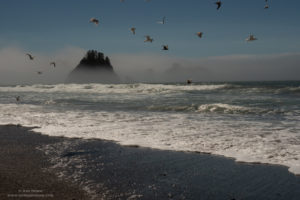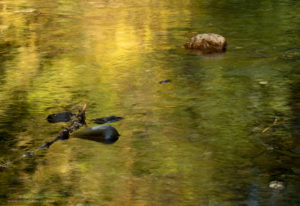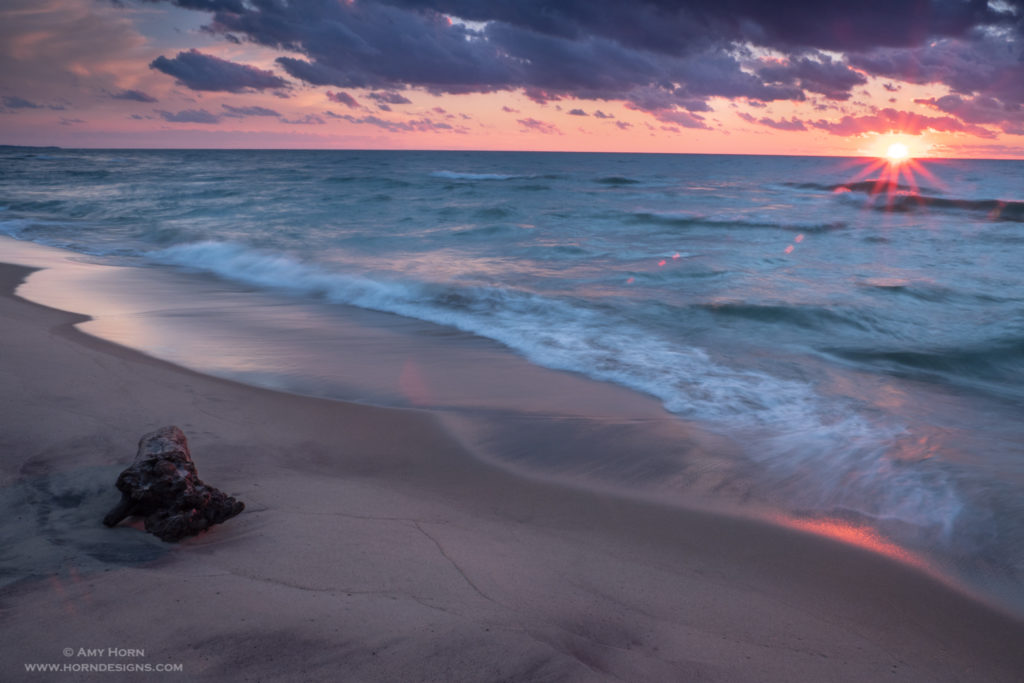
Manistee Beach. Olympus OM-D E-M1 Mark II, 12-100mm, ISO 200, f/22, .5 sec., Singh-Ray 3-stop GND filter.
I’ll be honest, my trip to Michigan didn’t go exactly as planned. At the last minute, Rod had to cancel and I was ill prepared for a 2-week solo trip. You would think after a solo 10-week trip on the Pacific Coast, 2-weeks would be a cinch. It wasn’t. The Pacific Coast trip was planned out months in advance with extensive research and plotting of locations. For this trip, I scrambled to research all I could the night before each destination with limited phone service or Wi-Fi. After my first week in Munising photographing waterfalls and attending a workshop, I drove east to Grand Marais and then spent five days at a cabin in Manistee, Michigan. I learned to enjoy time alone and struggled a bit too.
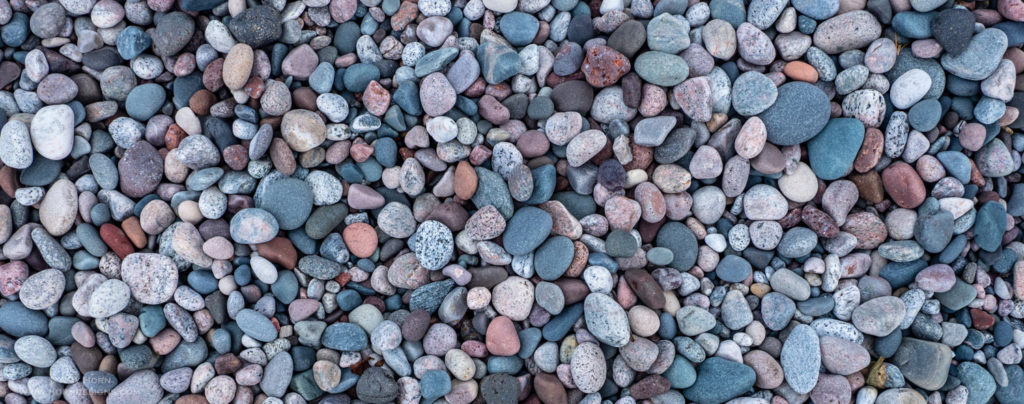
Agate Beach. Olympus OM-D E-M1 Mark II, 12-100mm, ISO 400, f/8, 1/100 sec.
Grand Marais
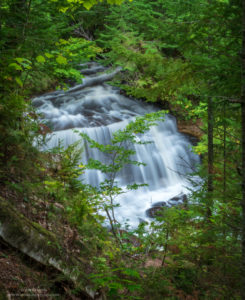
Sable Falls. Olympus OM-D E-M1 Mark II, 12-100mm, ISO 400, f/22, 2.5 sec., Singh-Ray Bryan Hansel Waterfall Polarizer.
Grand Marais is a small community of about 400 residents and the only place to eat dinner after Labor Day was at the local Brewery. I dined on their famous whitefish dinner and chatted with a few locals. This Lake Superior town was cold, with a high in the 50’s and strong winds. I walked along Agate Beach looking for agates until my hands froze from the moist air and wind. With my pretty rocks, I returned to my B&B to research the next day’s photo destinations. In the morning, the B&B provided a family style breakfast with all the guests and I really enjoyed conversing with someone other than myself. I spent the morning photographing Sable Falls, Sable Dunes and hiking to a beach on Lake Superior before leaving the Grand Marais area for Manistee.
Manistee
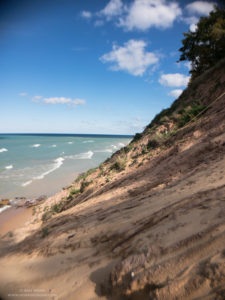
iPhone photo of the sand dunes 1/2 down.
Lucky for me, my cousin Andy has a cabin in Manistee overlooking Lake Michigan. The five days in this small community with beautiful beach views and a historic downtown was peaceful. The cabin is a 15-minute drive south of Manistee in a small neighborhood of mostly summer residences and is a bit secluded, so it took me a few days to feel comfortable returning after dark. The highlight of his cabin is the view of Lake Michigan. The lake is a 100-foot drop from the cabin down a steep sand dune. I attempted many times to get to his beach, but only made it ½ way. I feared I wouldn’t be able to make it back up and was afraid of being stuck down there. The view was great from halfway down too!
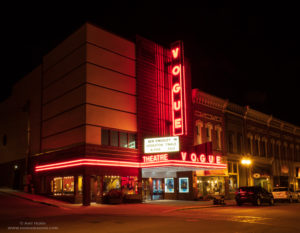
Manistee’s Vogue Theater. Olympus OM-D E-M1 Mark II, 12-100mm, ISO 200, f/14, 3.2 sec.
One evening the clouds broke so I drove to the 5th Avenue Beach to capture sunset. I barely made it. I ran along the beach with my tripod looking for foreground subjects. After sunset, I sat in the parking lot to watch the bi-monthly Mirrorless Minutes Podcast on YouTube. The host, Jamie MacDonald is entertaining and after spending a few days on his Meetup in Munising, MI, I enjoyed the image share of our workshop. After dark, I went downtown to photograph Manistee’s historic buildings including the Vogue Theatre. It was quiet and dark and I took joy in capturing the brilliant lights of the theatre.
Ludington
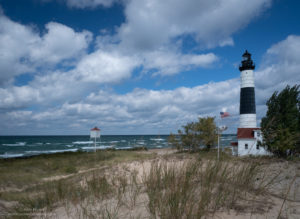
Big Sable Lighthouse. Olympus OM-D E-M1 Mark II, 12-100mm, ISO 400, f7.1, 1/800 sec.
Ludington is a town south of Manistee with a large state park and Big Sable Point Lighthouse. Getting to the lighthouse required a 4-mile round trip hike that was relatively flat until I climbed a sand dune to capture a better angle of the lighthouse. Before I returned to my car the winds picked up. So, I made my next stop Stearns Park in Ludington to photograph choppy waves hitting the pier and river light.
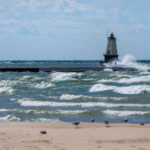
Crashing Waves. Olympus OM-D E-M1 Mark II, 40-150mm, ISO 400, f8, 1/3200 sec.
It was easy to keep myself entertained during the day, but at night the woods around the cabin were dark and I felt very isolated. I spent more time than normal on the computer processing photos and reading a book I purchased in town. At the end of the 5 days, I headed south to South Haven to visit family.
South Haven
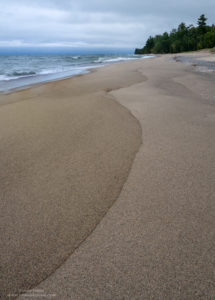
Lake Superior. Olympus OM-D E-M1 Mark II, 12-100mm, ISO 400, f/10, 1/500 sec.
Several of my family members live in South Haven. Visiting this town where my parents went to high school has always been a special place. Now overrun by the tourism industry, it doesn’t hold the same memories for my parents, but I enjoy it nonetheless. Normally, I visit Sherman Dairy and Crane’s Orchard but I spent more time relaxing with my Aunt Lee instead. I did have the opportunity to visit Fenn Valley Vineyards with my cousins though! The only photos I captured in South Haven were for my aunt. She owns a rental cottage and needed a few new images. It was fun watching her straighten every crease in the curtains and fluff every pillow to capture the perfect image.
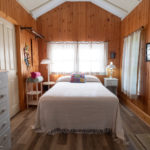
Olympus OM-D E-M1 Mark II, 12-100mm, ISO 800, f/8, 1/20 sec.
Before I left, we placed the new images in her brochure too. If you find yourself travelling to South Haven, check out The Retreat at Belvedere Beach! https://www.retreatatbelvederebeach.com/
For the Photogs!
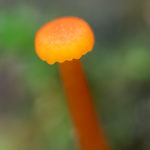
Olympus OM-D E-M1 Mark II, 60mm, 16mm extension tubes, ISO 200, f/2.8, 1.6 sec.
Mushrooms are everywhere in the Upper Peninsula. I see some varieties in Flagstaff, but we don’t have the same moisture as Michigan, so there are far more mushrooms and fungi everywhere. While at Wagner Falls, I spotted this mushroom. I enjoyed photographing it so much, I went back on day two to perfect my composition. Here is an image of the shooting scenario and the finished image.
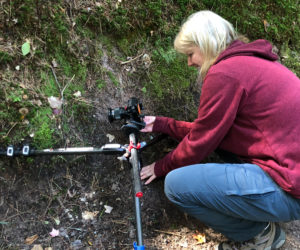
Me capturing the orange mushroom. PC: John Thomas
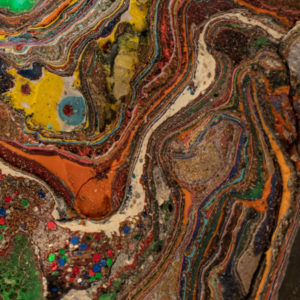
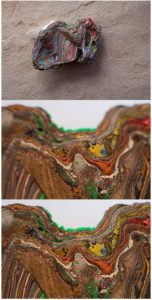 The camera then captures 50 raw images changing the focus with small increments from front to back. After looking at image 50, the farthest part of the fordite was still blurry, so I needed more photos in my stack. I tried again, this time with 125 focus bracketing images. When I reviewed the photos, at image 118, I had the sharpness I needed. Next step was to focus stack the 118 images in Helicon Focus. Helicon is amazingly easy to use. After selecting the images in Lightroom, I export to Helicon and press the render button. Helicon does the rest. The last image is the final image of 118 focus stacked images.
The camera then captures 50 raw images changing the focus with small increments from front to back. After looking at image 50, the farthest part of the fordite was still blurry, so I needed more photos in my stack. I tried again, this time with 125 focus bracketing images. When I reviewed the photos, at image 118, I had the sharpness I needed. Next step was to focus stack the 118 images in Helicon Focus. Helicon is amazingly easy to use. After selecting the images in Lightroom, I export to Helicon and press the render button. Helicon does the rest. The last image is the final image of 118 focus stacked images.